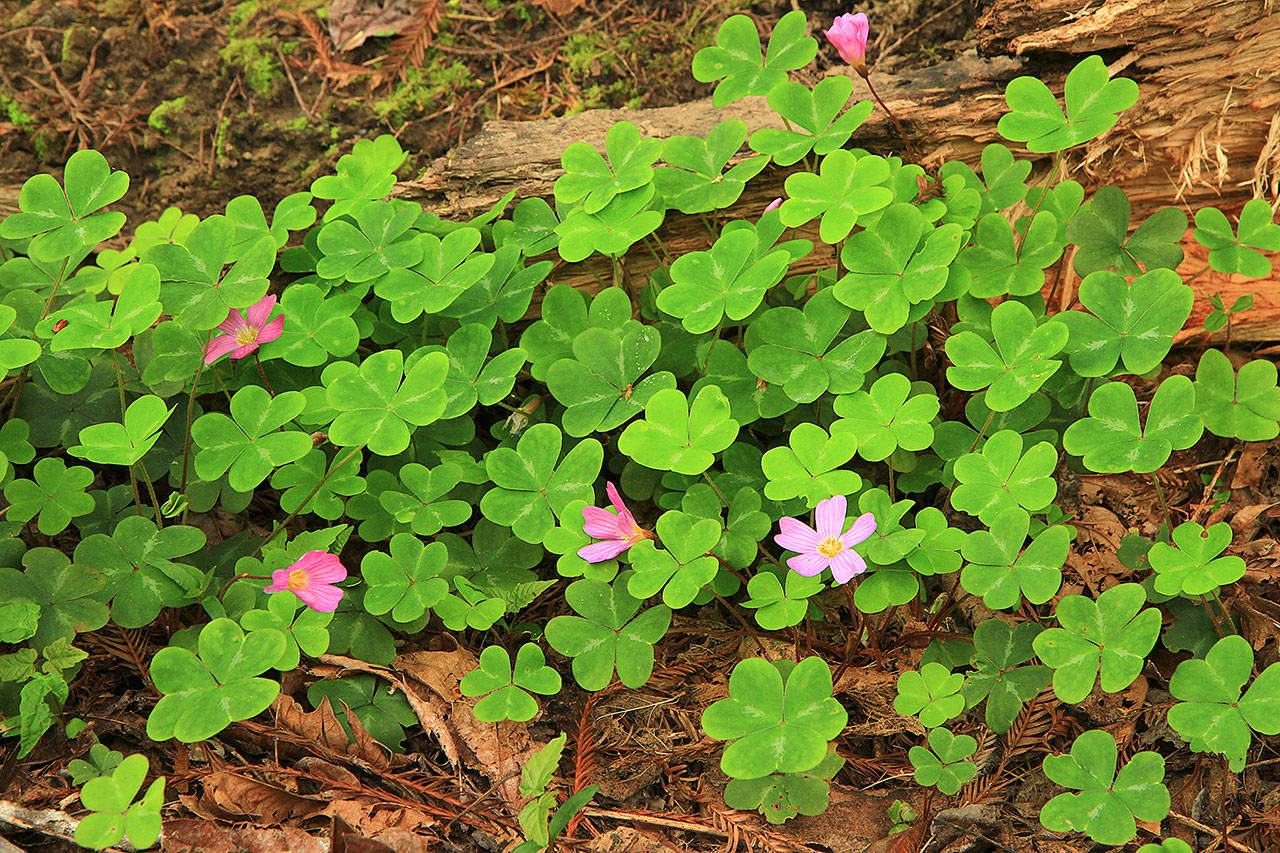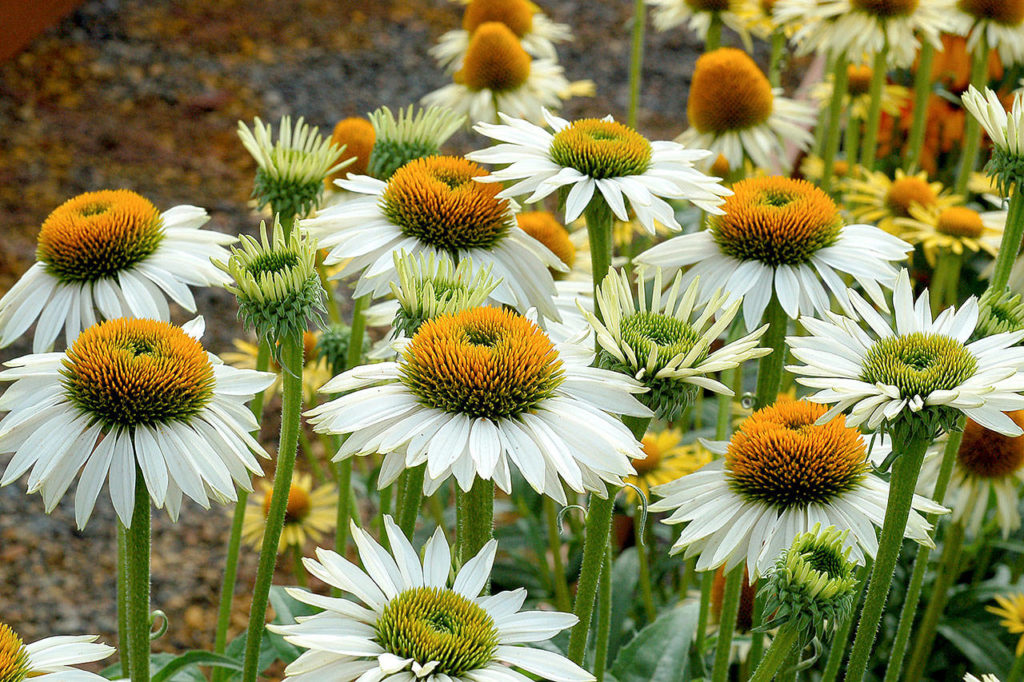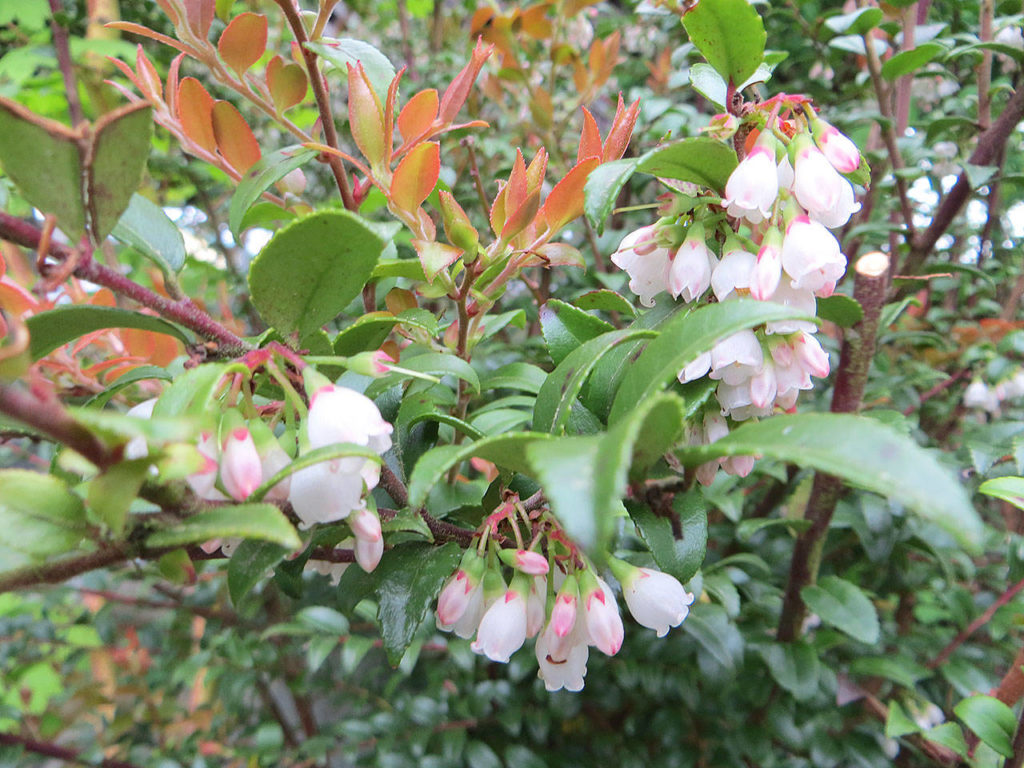Pollinators play an important role in the ecosystem. They may be responsible for one of every three bites of food that we consume.
Bees are an important pollinator of these food crops. Other pollinators such as butterflies, moths, wasps and beetles are also essential for a variety of crops. Pollinators also contribute to the health of native plants that create habitat throughout the world. These plants hold the soil in place, reducing erosion. Pollinators also support crops that provide food for livestock.
You may have read about the worldwide decline in pollinators, especially in bee population. Monarch butterfly numbers have also declined significantly in recent years. Many factors have contributed to this alarming decline.
Loss of habitat is one of the more noticeable contributing factors. As more and more native plant areas are cleared for development and open meadows are replaced by pavement, habitat is reduced. Many newly developed areas feature landscapes devoid of flowering plants, and thus offer no food for pollinators.
A partnership of horticultural organizations created the Million Pollinator Garden Challenge in an effort to raise awareness of pollinators and educate gardeners as to how they can help restore habitat. The goal is to register 1 million public and private gardens and landscapes that support pollinators. As a bee-friendly landscape designer, I recommend you check it out.
Home gardeners, as well as landscape professionals, are being encouraged to follow pollinator-friendly practices to provide increased habitat and more sources of nectar and pollen, while enhancing their individual landscapes. Key items that pollinators need are food, shelter and water.
Here are a few things gardeners can do in their own yards — no matter how small the space — to support pollinators:
FOOD
Plant native plants. Native plants are more attractive to bees native to our area, such as mason bees and bumblebees. Native plants will also require less maintenance once established. See a list of some native plants attractive to pollinators later in this column.
Pick a variety of plants. A variety will provide blooms from early spring through late fall, giving pollinators nutrition throughout all of these months. Select plants offering several colors of flowers. Bees are especially attracted to blues, purples, violets, yellows and whites. Pick flower shapes that are open and have flat-landing platforms or are tubular.
Keep plants close together. Group flowering plants in clumps that are at least 3 to 4 feet wide, if space allows. This grouping of flowers offers increased efficiency to the pollinators. They use less energy when seeking out nectar and pollen. It also provides safety from predators.
SHELTER
Provide a canopy of plants. Plant taller flowering trees, such as serviceberry, with a mid-height shrub like evergreen huckleberry and lower plants, such as creeping oregon grape or sedum. The idea is to plant in layers and have different sizes of plants.
Leave nesting areas. Our native pollinators need nesting areas. Hollowed-out pieces of wood, bare ground for underground tunnels and insect hotels offer opportunities for nests. Many nurseries sell mason bee houses to incorporate into your garden.
Tolerate a little less order. Leave some bare ground for bess to create nesting tunnels. Allow a bit of leaf litter to remain in the garden. Dedicate an open sunny area for a meadow and plant pollinator-friendly plants. Choose a prepared seed mix with plants native to the area. Be prepared to reseed with wildflowers every few years. Let some of the weeds bloom during late winter, and watch the early bees visiting them. Pull out the weeds before flowers go to seed later in spring.
WATER
Provice source(s) of water. A clean, reliable source of water is essential to pollinators for drinking and bathing.
Go natural or human-made. Water sources can include running water, pools, ponds and streams. Fill a bird bath, install a water garden or set out a container of water.
Keep the water shallow. Make sure your water sources have a shallow or sloping side. This is so the pollinators can easily approach the water and not drown. Add gravel to a bird bath to make it more shallow.
Native plants are the best choice for attracting native pollinators. Some examples of plants native to the Pacific Northwest to attract pollinators are:
Oregon grape (Mahonia spp) with yellow flower, several varieties, spring flower attracts mason and bumblebees; Ocean spray (Holodiscus discolor) white flower, tall shrub, attracting a wide variety of bees; vine maple (Acer circinatum) with clusters of yellow flowers, 20 feet tall, a pollinator for mason and bumblebees and the western tiger swallowtail butterfly.
Shorter growing perennials, such as the native western columbine (Aqulegia formosa), milkweed (Asclepsia speciosa) which is not as invasive as common milkweed, and self-heal (Prunella) attracts many pollinators.
Ornamental flower beds in home gardens, as well as commercial and retail spaces, can also feature plants that may not be native but offer flowers beneficial to pollinators. Select a mix that bloom from early spring through late autumn. Here are a few of the many options to choose from:
Spring bloomers: ceanothus, pieris, thyme, rosemary, hellebore.
Summer bloomers: yarrow (Achillea sp.), English lavender (Lavendula angustifolia), coneflower (Echinacea), bee balm (Monarda), sedums, oregano, sage or hardy saliva, lantana.
Late summer/early fall bloomers: sunflowers, agastache or hummingbird mint, aster x frikartii “Monch.”
Team up with your neighbors to plant corridors of pollinator-friendly plants that offer food and shelter, incorporating a variety of perennials, shrubs and trees. The presence of pollinators has been shown to improve abundance of harvest in food crops.
Have fun watching the pollinators visiting your garden. The bees and butterflies will thank you.
Pam Roy of Planscapes is an award-winning landscape designer with over 35 years of experience. Email her at info@planscapesdesign.com or call 425-238-4678. Visit www.planscapesdesign.com for more information.
Learn more
Check out the Million Pollinator Garden Challenge online at millionpollinatorgardens.org.
Talk to us
> Give us your news tips.
> Send us a letter to the editor.
> More Herald contact information.



























